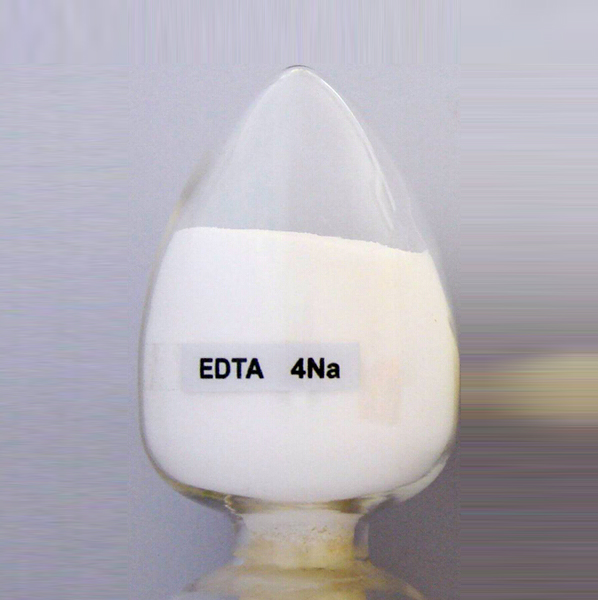
News
أغسطس . 08, 2024 06:00 Back to list
Examples of Micronutrient Fertilizers and Their Benefits for Plant Health and Growth
Understanding Micronutrient Fertilizers Essential Components for Plant Growth
In the world of agriculture, the importance of fertilizers cannot be overstated. These materials enhance soil fertility and boost plant growth, ensuring healthy crops and productive yields. While macronutrients like nitrogen (N), phosphorus (P), and potassium (K) receive much attention, micronutrients are equally crucial yet often overlooked. Micronutrient fertilizers provide essential trace elements necessary for various physiological functions in plants. This article delves into the significance of micronutrient fertilizers and provides examples of common formulations.
The Role of Micronutrients
Micronutrients, comprising elements such as iron (Fe), manganese (Mn), zinc (Zn), copper (Cu), boron (B), molybdenum (Mo), and chlorine (Cl), are required in small quantities, but their impact on plant health is profound. They play pivotal roles in processes such as photosynthesis, respiration, nitrogen fixation, and enzyme activity. Their deficiency can lead to a range of problems, including stunted growth, reduced yields, and increased susceptibility to diseases.
For instance, iron is vital for chlorophyll synthesis and overall plant vigor. A lack of iron leads to chlorosis, where leaves turn yellow due to insufficient chlorophyll. Zinc influences hormone production and is fundamental for proper leaf development. Similarly, boron is crucial for cell wall formation and reproductive health in plants.
Common Micronutrient Fertilizers
Micronutrient fertilizers come in various formulations, allowing farmers to address specific deficiencies in their soils. Here are some common examples
1. Zinc Sulfate This is a widely used micronutrient fertilizer that provides zinc in an easily accessible form. It is particularly beneficial for crops like corn and wheat, which are known to suffer from zinc deficiency. The application of zinc sulfate can enhance seed development and improve overall plant health.
micronutrient fertilizer examples

2. Copper Sulfate Known for its bactericidal properties, copper sulfate supplies copper, a vital micronutrient for plants. It supports photosynthesis and plays a role in enzyme systems. This fertilizer is effective for crops such as potatoes and tomatoes, where copper deficiencies may occur.
3. Ferrous Sulfate This iron supplement is crucial for plants that display symptoms of iron chlorosis. Ferrous sulfate can be used as a soil amendment and is especially beneficial for various fruit trees and ornamental plants.
4. Boron Fertilizers Products like borax or solubor are commonly used to supply boron. This micronutrient is essential for flowering and fruit set in crops such as beans and almonds. A deficiency in boron can result in hollow stems and poor reproductive development.
5. Manganese Sulfate Manganese is vital for photosynthesis and helps in the synthesis of chlorophyll. Manganese sulfate is a common fertilizer for crops susceptible to manganese deficiency, including soybeans and citrus species.
6. Molybdenum Fertilizers Molybdenum is essential for nitrogen fixation in legumes. Fertilizers like ammonium molybdate are utilized to ensure adequate molybdenum levels in crops such as peas and alfalfa.
Conclusion
The judicious use of micronutrient fertilizers can dramatically enhance plant health and crop productivity. As agriculture continues to face challenges from climate change and soil degradation, understanding the role of micronutrients becomes increasingly important. Farmers and agronomists should regularly conduct soil tests to identify deficiencies and apply appropriate micronutrient fertilizers. By ensuring that soils are rich in these essential trace elements, we can support sustainable agriculture, foster healthier plants, and ultimately secure food production for a growing global population. Understanding and leveraging the power of micronutrient fertilizers will be vital for the future of farming.
-
Polyaspartic Acid Salts in Agricultural Fertilizers: A Sustainable Solution
NewsJul.21,2025
-
OEM Chelating Agent Preservative Supplier & Manufacturer High-Quality Customized Solutions
NewsJul.08,2025
-
OEM Potassium Chelating Agent Manufacturer - Custom Potassium Oxalate & Citrate Solutions
NewsJul.08,2025
-
OEM Pentasodium DTPA Chelating Agent Supplier & Manufacturer High Purity & Cost-Effective Solutions
NewsJul.08,2025
-
High-Efficiency Chelated Trace Elements Fertilizer Bulk Supplier & Manufacturer Quotes
NewsJul.07,2025
-
High Quality K Formation for a Chelating Agent – Reliable Manufacturer & Supplier
NewsJul.07,2025
